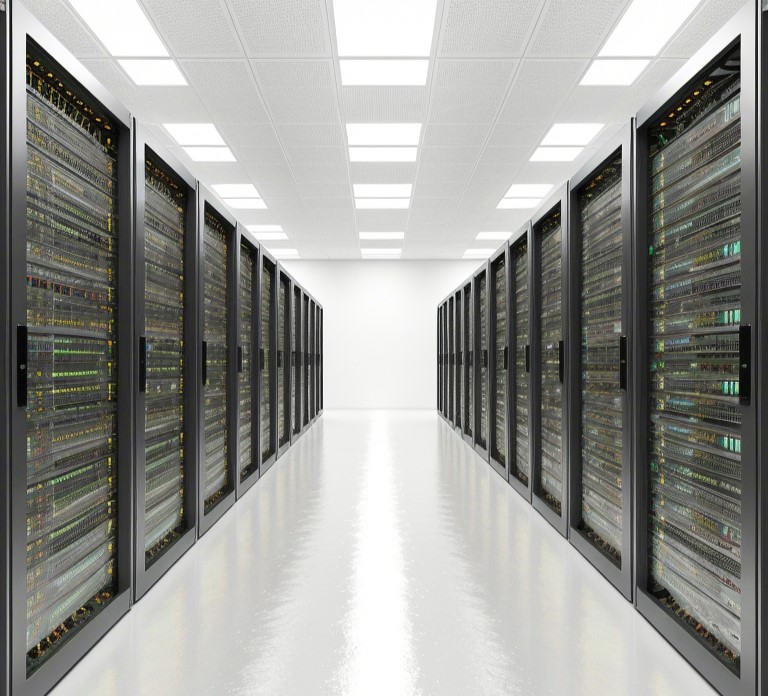Core Value
- Comprehensive Perception Capability: Smart data centers leverage sensors and IoT technologies to enable real-time monitoring and data collection across dimensions such as environment, equipment, and energy usage, ensuring transparent and controllable operations.
- Intelligent Control: Powered by big data analytics and AI algorithms, smart data centers can automatically adjust equipment parameters, optimize resource allocation, improve energy efficiency (PUE), and reduce operation and maintenance (O&M) costs.
- High Efficiency and Energy Saving: Through intelligent management and optimization, smart data centers significantly reduce PUE and enable green, low-carbon operations.
- Flexible Scalability: Modular design allows for rapid deployment and flexible capacity expansion, enabling agile responses to business needs and enhancing operational efficiency.
Technical Features
- High-Performance Network Equipment: Equipped with high-performance switches, routers, and firewalls to build a high-speed, stable network environment. Optimized network topologies reduce latency and increase throughput to support large-scale data processing and transmission.
- Redundant Network Design: Implements dual links and multipath transmission technologies to ensure uninterrupted data communication in the event of a failure.
- Network Security Protection: Deploys multi-layered protection using firewalls, intrusion detection systems (IDS), and VPNs to defend against cyberattacks and data breaches, ensuring the security of the data center network.
- Intelligent Temperature Control System: Uses advanced sensors and algorithms to precisely control temperature and humidity, reducing energy consumption and achieving green energy goals.
- Power Usage Effectiveness (PUE) Optimization: Fine-grained management of power distribution and consumption reduces auxiliary energy usage, improves PUE, enhances energy efficiency, and lowers operational costs.
Application Scenarios
- Smart Cities: City-level data centers support core functions for transportation, environmental monitoring, and cross-departmental collaboration such as traffic forecasting and air quality tracking.
- Industry and R&D: Ensures data security and business continuity while supporting private AI development environments and customized toolchains with specialized hardware.
- Production and Construction: Integrates with monitoring systems to enable safety alerts, resource dispatch optimization, and environmental monitoring.
- Warehousing and Logistics: Smart warehouse systems rely on data center computing power to support automated picking, cold chain management, and dynamic inventory control.
- Commerce and Service Industries: Supports data storage and computing needs for retail, commercial complexes, hotels, and tourism services.
Business Advantages
- Improved Operational Efficiency: Intelligent management enhances equipment utilization and O&M efficiency, reduces operational costs, and strengthens enterprise competitiveness.
- Data Security Assurance: Real-time monitoring and alert systems enable early detection and handling of security risks, ensuring data integrity and availability.
- Business Innovation Enablement: Provides robust infrastructure to support enterprise digital transformation and accelerate innovation in emerging technologies.
- Sustainable Development: By applying green energy-saving technologies and intelligent management, smart data centers reduce energy consumption and carbon emissions, supporting corporate sustainability goals.


